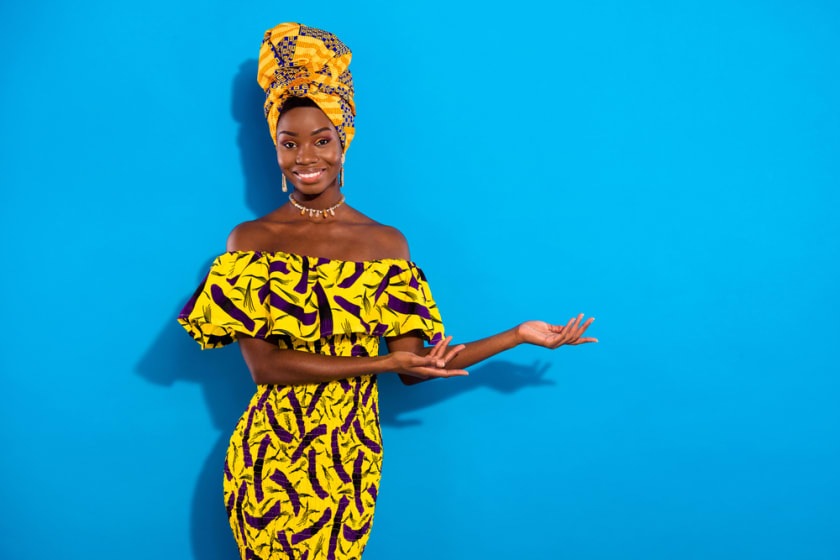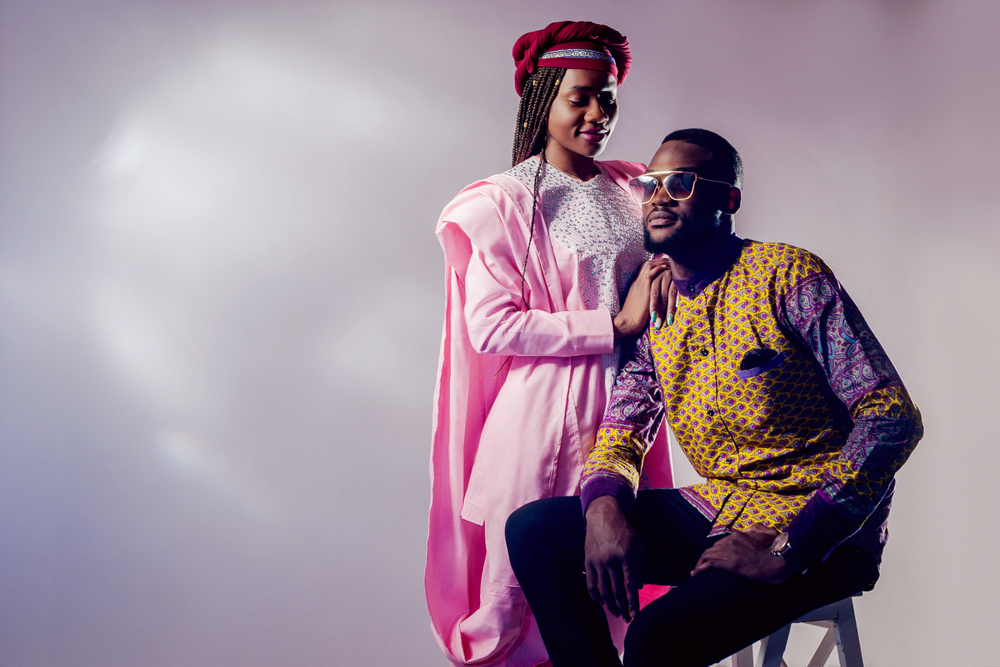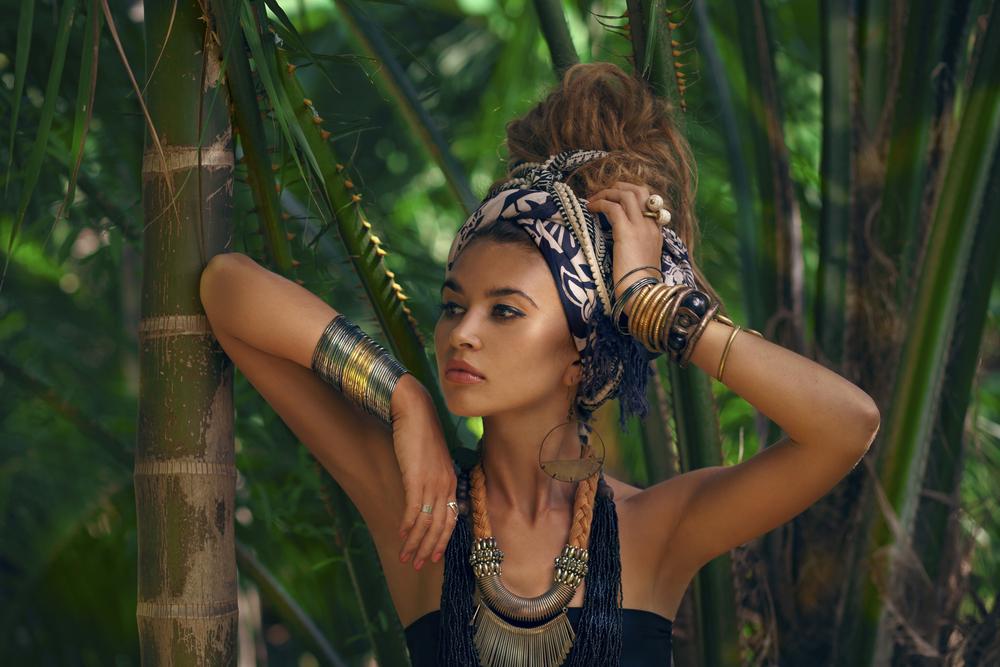A Note on the African Fashion Industry.



Fast Fashion in Africa
The fashion and textile industry is Africa's second-largest post-agricultural sector, with its market value worth $ 31 billion by 2020 and increasing annually. The fashion industry is a marketing and production model in which clothing is moved from the runway to major retailers in seconds.
Fast fashion captures the latest trends and styles and produces fast-moving clothing to meet demand, season and season. It can do this by developing certain supply chain features to produce faster and less expensive designs. Marketing teams then target ordinary buyers, urging them to buy the latest collections. These items are usually kept at a low price, which makes them more attractive to consumers who encourage them to change clothes for one season and put on the next. Fast fashion produces about 52 small seasons instead of the traditional 2 per year, which increases the demand for a significant amount. Examples of fast-growing fashion sellers are H&M, Topshop, Primark, Zara, and Next, thereby producing large quantities of highly successful clothing.
What is the need of the fast-growing fashion industry in Africa? What advantages does it bring to the game, and what dangers does it pose to Africa?
Fast fashion has the potential to contribute significantly to the Economy of Africa. After agriculture, the garment industry is already Africa's second-largest employer. According to research in Kenya, every job in the apparel business creates five more jobs. Africa also has a superior strategy to Asian manufacturers, with shorter transport links to markets in Europe and the United States. In actuality, the ship sails from West Africa to Western Europe in three weeks and to the east coast of the United States in a month.
Africa also benefits from Asia's low labour costs. Many African fashion brands offer free offers when they penetrate the markets in Europe, Australia, and America to give Africa a competitive advantage. Clothing and textiles industries represent roughly 7 percent of global exports, and textile output is the same. For example, clothes like Guess, H&M, and Levi's, have already relocated their manufacturing from China to Ethiopia.
According to the OXFAM, if Africa, East Asia, South Asia, and Latin America all increased their exports by 1%, the resulting growth rate would exceed one million individuals -128, who would be out of poverty.
The torch of "The world's cheapest producer," which has long been held by China, will pass to Africa soon. China is determined to shift its economic plan from its significant domestic market with strong consumer spending. For this reason, it tries to bypass a model that relies on cheap performance. Instead, the African economy is growing at 10% a year, which is different from the previous decade, making it an attractive destination for foreign investors. In this context, Chinese firms are now looking to outsource their production without compromising supply chain supply, demanding low wages and decent infrastructure as European and American firms have done before.
In Africa, the investment potential is huge, since, in part, wages are less than $ 60-70 a month in countries like Ethiopia. The fast-growing fashion industry is moving fast, and African countries are also interested in attracting the industry as it offers the opportunity for much-needed economic diversity.
Countries like Ethiopia are excellent examples of possible cooperation. A lot of investment is coming into the country because of its low wages and proper infrastructure, access to ports, young and enthusiastic people, and labor market management that favors investors. The country is also in the same position as Europe and is well-positioned in target markets. Other major powers include Nigeria, Ghana, and Kenya. Nigeria, Africa's largest oil producer, recently lifted the ban on importing textiles, resulting in renewed interest from international clothing and clothing retailers. The country currently resides in leading companies such as Levi’s, Mango, Nike, and Swatch, establishing stores at Palms Shopping Mall in Lagos. These are all countries where strong economic growth has contributed to large-scale financial infestations. “Western companies have been neglecting the opportunities of the African continent, especially for fashion retailers. Some do not travel there at all, others take 21 to 30 days… ”. However, that will soon change as they begin to take advantage of the opportunity offered by Africa.

On the other side of this coin is the negative environmental impact of this production model. According to figures published by the United Nations Environment Program and the Ellen MacArthur Foundation, the fashion industry is responsible for 10% of global carbon emissions worldwide and the combined aviation and shipping sectors. The use of the water and energy industry has been identified as one of the major pollutants in the world. Climate change has already had a devastating effect on food security and public health. In addition, Africa faces the unique dilemma of being the last link in the industry value chain: 45% of all garments donated worldwide end up in the hands of profitable traders, and 70% of that ends up in Africa. Kenya, for example, alone imported 133 million dollars worth of old goods from Canada, Europe, and China in 201.
Throwing some light on Africa's stylish clothing and fashion, here is a description of their diversified styles. Ethnic styles are varied and are an informative way of actively representing what African clothing and culture are all about. African clothing is suitable for those who wish to interact with past and future generations.

Some Famous African Clothing Styles
- Boubou- Boubou is usually styled with matching trousers and a long robe, covering the entire outfit.
- Dashikis- This is mainly known for its different vibrant colours. It's a kind of top and goes well with almost every pants.
- Kaba- Kaba is worn by women in Africa, a long skirt wrapped around the waist.
- Kente- The fabric of Kente originates from Ghana. It is a silk and cotton mix fabric interwoven together.
- Yoruba- Yoruba is not worn in daily use but on special occasions. It is a four-piece dress consisting of pants embroidered, a hat, an agbada flowing, and a Buba.
Yoruba includes the African Bariga, a garment paired with a long-sleeved shirt, hat, trousers, and flowing Buba.
- Africa's Traditional Clothing- Modern African clothing can be easily worn at work, at parties, or as casual wear. These items include African pencil skirts, African print skirts, pants, jumpsuits, playsuits, etc. African goods are made using African wax or Ankara printers, but they come modern, stylish, and simple. There is a wide selection of fashionable clothing available today in various colors, textures, materials, and styles.
African Clothing Brands
Like any other country, Africa owns a few of its in-house unique brands, the local brands of Africa. Modern high-end clothing brands adopt traditional African clothing and give the garments a modern twist to match modern clothing while maintaining the true African style. African brands are constantly changing and expanding their marketing to keep up with the latest and most popular styles. Some of these products include:
- Aurenceairline
- Loin cloth and Ashes
- Orange Culture
- NN Vintage
- Ohema Ohene
- Deola Sagoe
- MaXhosa by Laduma
- Tsotetsi KL
The African Fashion Industry comes up with unique styles and patterns of clothing. And as it is a fast-growing fashion industry, we might see a lot more advancements in the industry.
If you like the clothing style of Africa and are willing to get your hands on them to create your own unique style, then we are right here to help you. We, at Fashinza, provide you with every information and product you require to stand out in the fashion industry. Get in touch with us today.



















